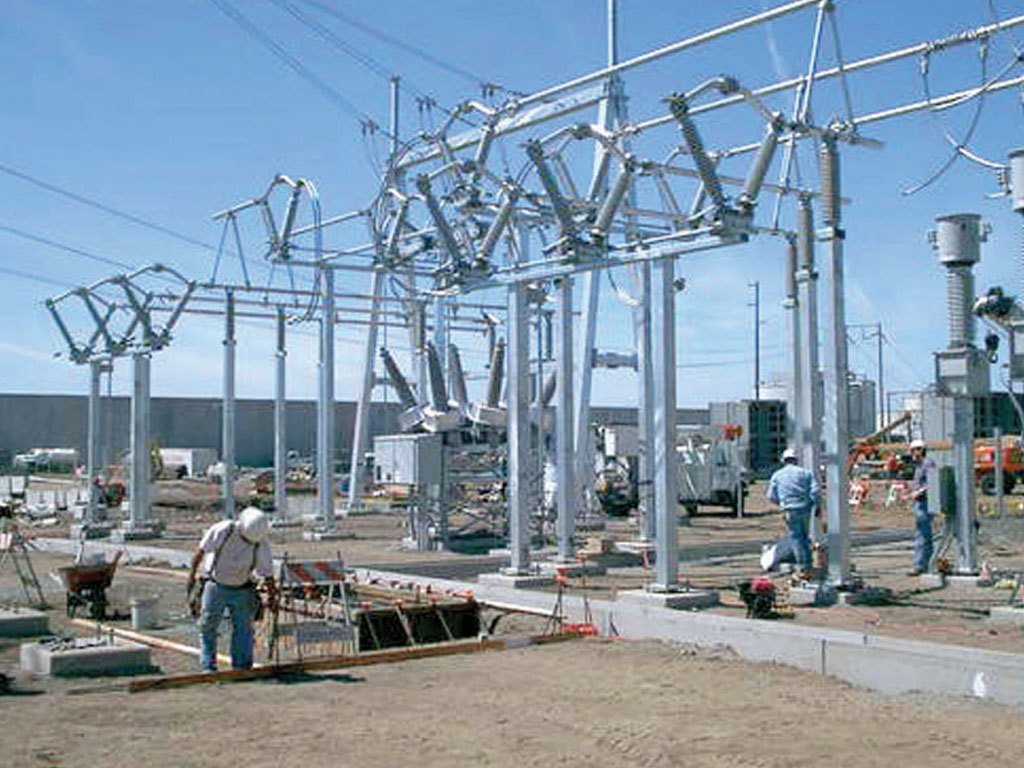The recent agreement between Pakistan and the International Monetary Fund (IMF), marking the largest financing package in the country’s history for the Pakistan power sector reform, is a moment of both opportunity and reckoning. As Pakistan grapples with chronic energy challenges, this deal offers a lifeline—but not without strings attached. It is a pivotal moment that demands strategic foresight, institutional reform, and public accountability.
Pakistan’s power sector has long suffered from inefficiencies, circular debt, outdated infrastructure, and governance gaps. With transmission losses exceeding regional norms and recoveries falling short, the sector has become a fiscal black hole. The IMF’s multi-billion-dollar financing package aims to address these structural issues by injecting capital into modernization, loss reduction, and tariff rationalization.
This deal is not merely a financial transaction—it provides a policy framework. It includes commitments to improve billing efficiency, reduce subsidies, and restructure state-owned enterprises. If implemented effectively, these reforms could stabilize the sector, attract private investment, and reduce the burden on the national exchequer.
Securing the largest-ever IMF financing for the Pakistan power sector reform signals renewed international confidence in Pakistan’s reform agenda. It also reflects the urgency of addressing energy bottlenecks that stifle industrial growth, deter foreign investment, and burden households. The deal could unlock further multilateral support and catalyze broader economic recovery—provided Pakistan meets its reform milestones.
However, the government must earn this confidence through action. Past IMF programs faltered due to political resistance and weak implementation. The authorities now must demonstrate resolve, transparency, and a commitment to long-term sustainability.
Despite the promise of reform, the road ahead is steep. Tariff adjustments, though necessary, will test public patience. Energy poverty remains a reality for millions, and any increase in costs must balance with targeted relief for vulnerable populations. Moreover, institutional inertia and vested interests could slow progress.
The circular debt—now exceeding Rs 2.6 trillion—cannot be resolved through financing alone. It requires deep-rooted changes in governance, accountability, and consumer behavior. The IMF deal provides the scaffolding, but Pakistan must build the structure.
To ensure success, the government must engage stakeholders—industry, civil society, and provincial authorities—in shaping the reform roadmap. Transparency in fund allocation, measurable performance indicators, and public communication will be key. Reform must not be imposed; it must be owned.
The IMF’s historic financing deal offers a chance to reset the Pakistan power sector reform trajectory. It provides the tools to break the cycle of inefficiency and debt—but only if matched by political will and institutional reform. Pakistan stands at a crossroads. The choice is not between reform and status quo—it is between resilience and continued fragility. The nation must choose wisely.






